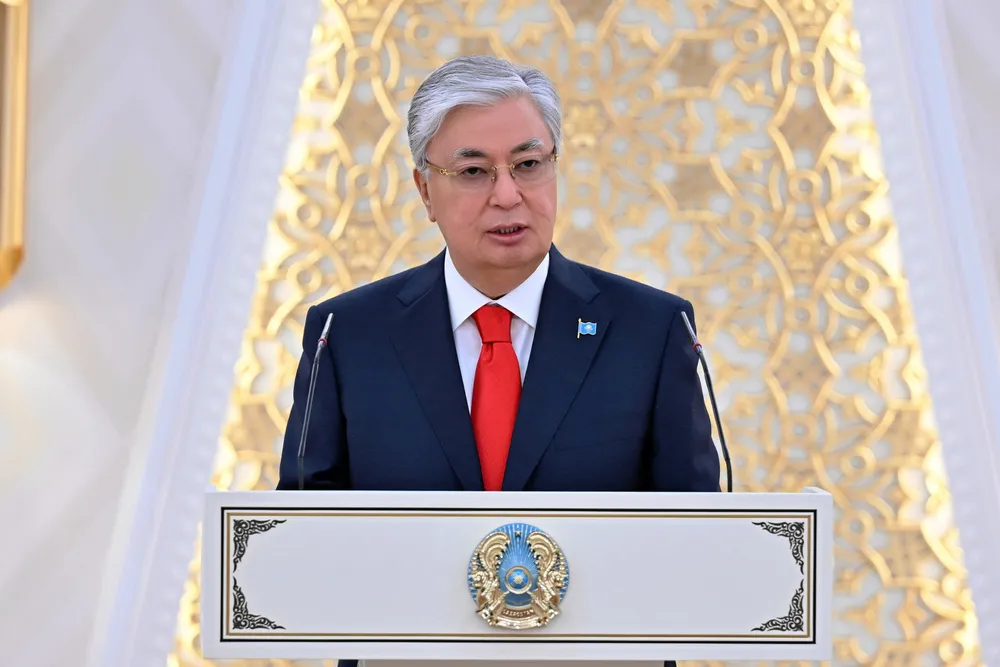New draft hydrogen strategy | Kazakhstan targets 10GW of electrolysers by 2040 but promises 'technological neutrality'
But giant 20GW green H2 project agreed with Swedish developer in 2022 does not get a mention

But giant 20GW green H2 project agreed with Swedish developer in 2022 does not get a mention
